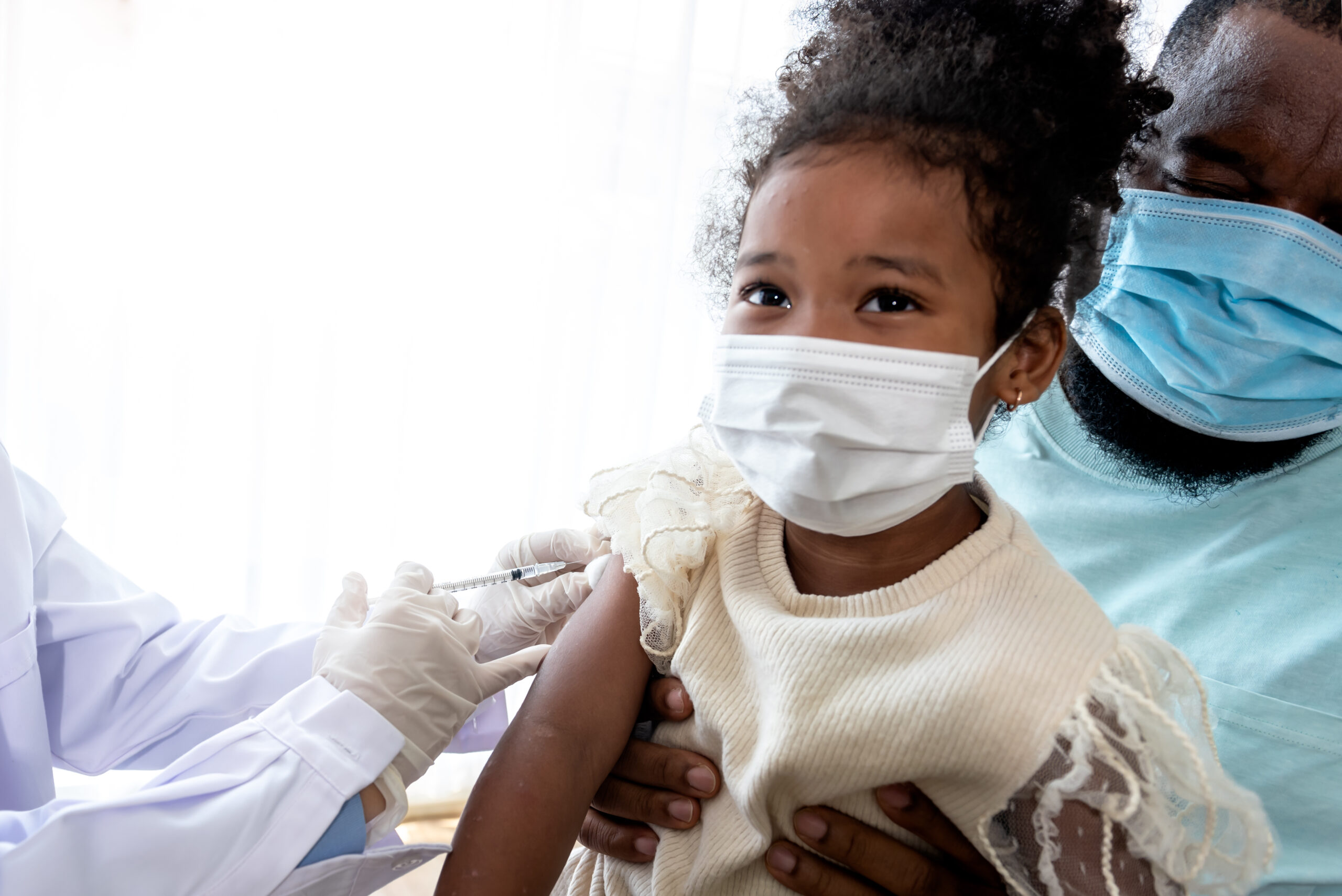Introduction:
Infectious diseases pose a significant global threat, necessitating proactive measures to prevent and control their spread. The cornerstone of effective disease prevention lies in education and training. This article explores the vital role of Infectious Disease Prevention Training in empowering diverse communities and professionals to safeguard public health.
The Need for Training:
Understanding infectious diseases, their transmission, and preventive measures is crucial for healthcare professionals, first responders, and the general public. The emergence of new pathogens and the global interconnectedness demand continuous learning and adaptation to stay ahead of potential outbreaks.
Comprehensive Curriculum:
A robust training program covers various aspects of infectious disease prevention. This includes recognizing pathogens, understanding transmission modes, vaccination strategies, infection control practices, and emergency response protocols. By fostering a comprehensive understanding, training equips individuals with the knowledge needed to make informed decisions in diverse settings.
Targeting Diverse Audiences:
Infectious Disease Prevention Training is not one-size-fits-all; it caters to a broad audience. Healthcare professionals benefit from advanced medical insights, while community health workers gain practical knowledge for outreach. Workplace safety professionals learn to implement preventive measures, and the general public becomes informed advocates for their well-being.
Role in Public Health:
Public health officials play a pivotal role in shaping policies and strategies. Training provides them with the tools to conduct effective surveillance, respond swiftly to outbreaks, and engage communities in preventive efforts. The synergy of trained professionals and informed communities forms a robust defense against infectious diseases.
Community Empowerment:
One of the most significant impacts of Infectious Disease Prevention Training is its contribution to community empowerment. Educated individuals are better equipped to adopt and promote preventive practices, reducing the risk of disease transmission. From personal hygiene to community-wide initiatives, informed communities become active participants in public health.
Global Collaboration:
Infectious diseases know no borders, emphasizing the need for international collaboration. Training programs foster a shared understanding of global health challenges, preparing professionals to collaborate across borders during outbreaks. Global health organizations benefit from a workforce with a unified approach to disease prevention.
Technological Integration:
Modern training programs leverage technology to enhance learning experiences. Simulation exercises, virtual reality scenarios, and online platforms facilitate accessible and engaging training. Additionally, technology aids in real-time data sharing during outbreaks, contributing to more effective response strategies.
Challenges and Continuous Improvement:
While training is a potent tool, challenges persist. Misinformation, resource disparities, and evolving pathogens require ongoing efforts. Regular updates to training curricula, continuous professional development, and community engagement are vital for staying ahead of infectious disease challenges.
Conclusion:
Infectious Disease Prevention Training is a linchpin in fortifying communities and professionals against the threat of infectious diseases. By fostering a culture of continuous learning, collaboration, and community empowerment, these training programs are instrumental in creating a resilient global defense against infectious diseases. As we navigate an ever-changing landscape, investing in education remains our most potent weapon in the fight for a healthier, safer world.




